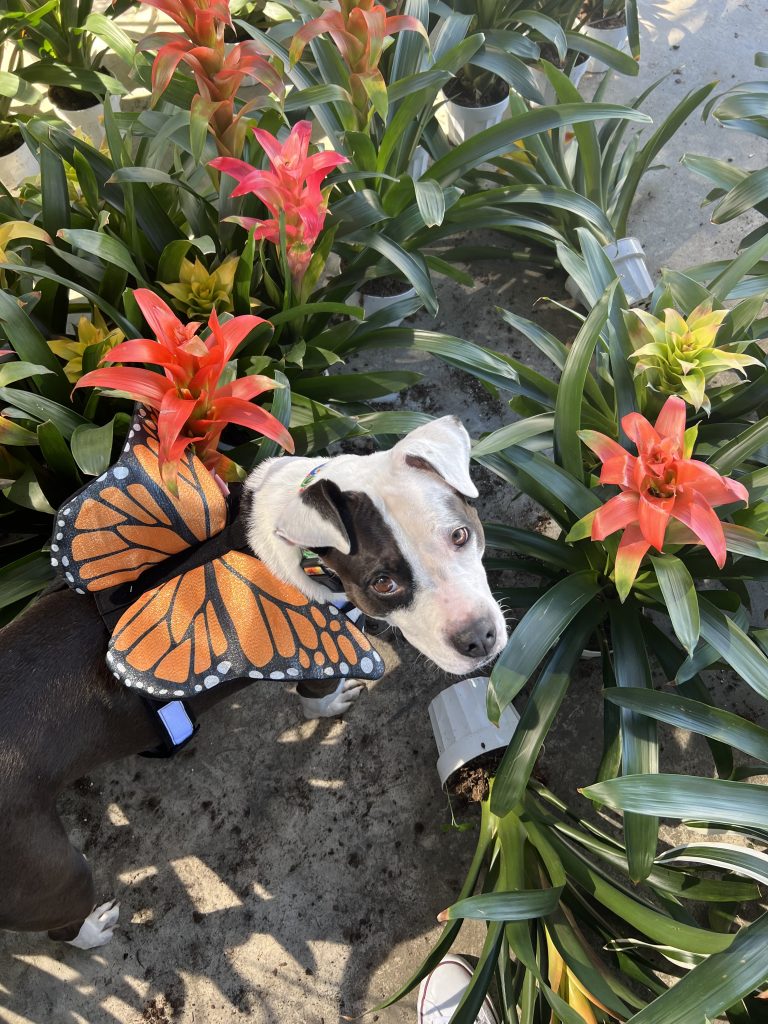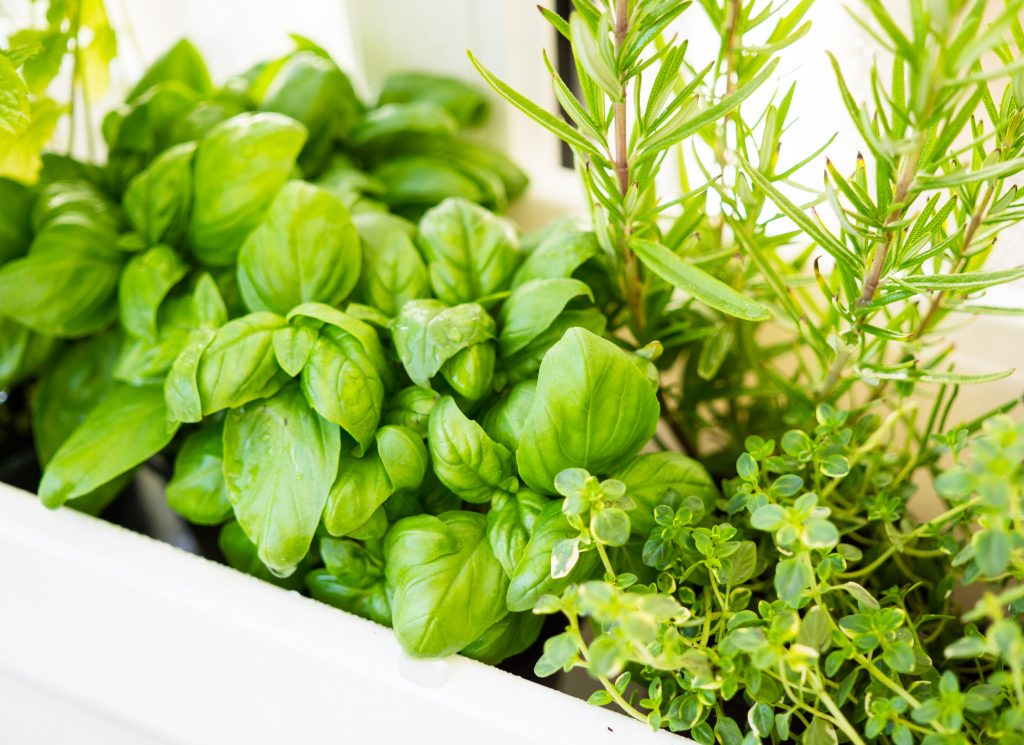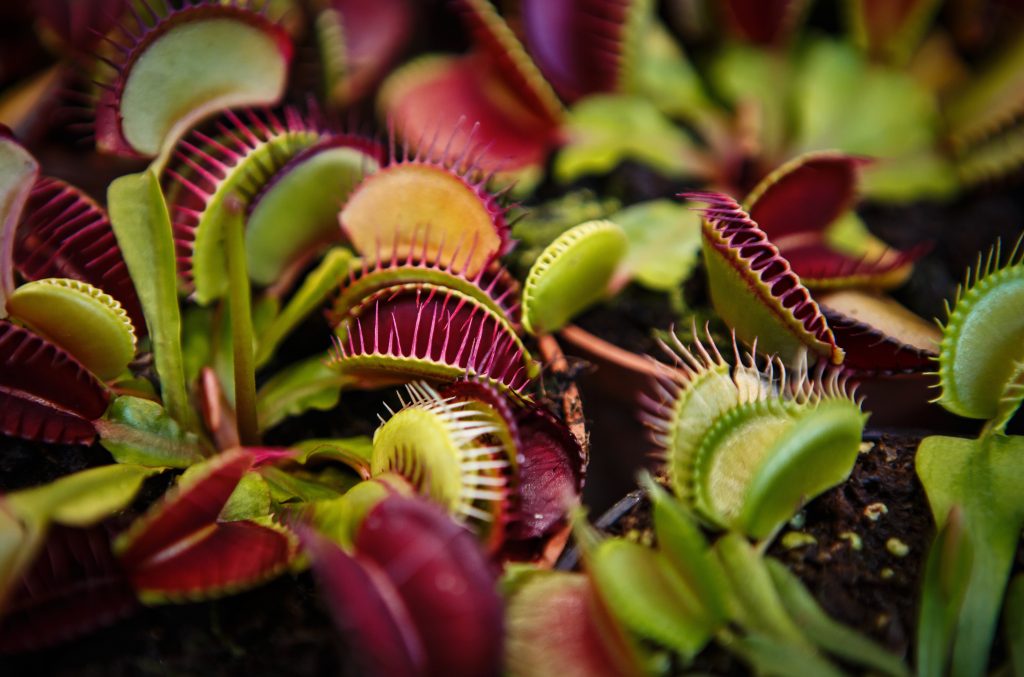Good Earth Plant’s Top 12 Pest-Resistant House Plants
Many people love the idea of greening their indoor spaces but worry about pests. Thankfully, there are numerous pest-resistant house plants that are perfect for those without a green thumb. Even if you are a beginner, you can make it a lot easier on yourself if you choose plants that are proven to be easier to care for than others. But we’re standing by to help: it’s our mission at Good Earth Plant company to enrich people’s lives with plants. Give us a call to learn more about how we can assist you in selecting the perfect pest-resistant houseplants for your space!
Here are a dozen of our favorite pest-resistant house plants. They are all fairly easy to grow and should survive even the worst brown thumb plant killer. If you’d like to give one (or more) of them a try, contact us to see how we can bring some green to your space!
NOTE: One of the reasons that these are pest-resistant house plants is because their leaves are naturally toxic. This means most of these plants are also toxic to animals and sometimes even little kids, so if you are a pet owner or have babies and toddlers likely to chew on a plant, pay attention to which are safe and which are not for your critters and kids.
1. Sansevieria

Called mother-in-law’s-tongue or snake plant, sansevierias are nearly the toughest pest-resistant house plants around. Seriously, if you can kill one, you’re a plant assassin. These are plants with leathery leaves in cream, yellow, and green variegated patterns. They grow straight upright and can reach several feet tall. Sansevierias prefer a nice sunny spot but will grow in nearly any kind of light. Don’t overwater these plants. Overwatering is about the only way to kill one. Once every 10 days is plenty and, in the winter, you can water it once a month. Put one in a gorgeous tall pot as a showpiece or group several. Good Earth Plants frequently selects sansevierias for office space projects due to their hardiness and low maintenance, ensuring a touch of greenery without the need for constant care.
Keep your pets and kids from chewing on sansevierias as they are poisonous.
2. Aglaonema
![Aglaonemas can grow nearly anywhere, which is why they are popular choices in workplaces. [Photo Credits: Adobe Stock]](https://goodearthplants.com/wp-content/uploads/2024/04/AdobeStock_399651389-scaled.jpeg)
The Aglaonema is super disease-resistant, and bugs tend to leave it alone. It has green variegated leaves and will bear white flowers like a calla lily. The flowers are followed by green berries that turn red orange. It can handle almost any light setting. The more silver or yellow in the leaves, the more light your plant requires. Dark green varieties can grow in shade. But don’t ever put it in direct sun. Put it under a ceiling floodlight that is on six to eight hours a day and it won’t need much natural light at all. This versatility in lighting, coupled with its bold colors and unique patterns, makes the Aglaonema a favorite choice for our company when looking to add a striking visual element to office spaces.
This plant likes to be warm, and it appreciates humidity. Water it every seven days and you can keep the soil a little moist, but it’s OK to let it dry out once in a while. The one thing that can hurt this plant is a draft. If the leaves on your Aglaonema start turning yellow, try moving your plant to a new location because it was probably on the receiving end of a nasty draft.
The Aglaonema is toxic to pets, so it is best kept out of their reach or in households without pets.
3. Bromeliads

One of our favorite pest-resistant house plants at Good Earth Plant Company! Bromeliads come in over 2,000 varieties. Pineapples are bromeliads! But we don’t recommend you plant one at home. Try one of the many commonly sold decorative varieties. Bromeliads have thick, fleshy leaves which wind up from a central bowl that forms a small natural vase. Insects don’t like chewing on these tough leaves so they rarely bother a bromeliad. Plant diseases are rarely a problem for this plant.
Its foliage comes in a variety of colors. It will survive without direct light and it’s even ok in artificial light, but the more bright indirect light it gets, the more colorful its leaves will be. Don’t keep the center of the plant filled with water while in low light and the potting mix just barely moist. Water whenever the potting mixture looks dry by pouring the water into the center “cup” of the plant. Watering a plant really doesn’t get much easier. The plant should be kept drier in the winter, and has been known to survive for weeks without water. These make a beautiful addition to any office space or home, bringing a colorful energy along with them!
Another reason we love bromeliads: they are one of the few on the list NOT poisonous.
4. Aspidistra Elatior aka “Cast Iron Plant”
![The Cast Iron plant is a great pest-resistant option. [Photo Credit: Adobe Stock]](https://goodearthplants.com/wp-content/uploads/2024/04/AdobeStock_228448195-1024x680.jpeg)
You can probably guess why this plant is called the “Cast Iron” plant. It’s tough as… you know the rest. This plant will grow under nearly any conditions: heat, cold, overwatering, underwatering, dust, or low light. It is a pest resistant champ. It likes cool filtered sun and its soil should be kept evenly moist. Water it thoroughly every time it dries out, then leave it alone. There are over 93 reported species of this plant. Most have shiny dark leaves up to 24-inches long. It’s easy to grow cuttings. Cut a leaf off down into the soil to include some roots, put it into potting mix, and eventually you’ll have a new plant.
Another plus: The Cast Iron plant is non-toxic.
5. Cissus
![Close up of the Cissus plant, also known as the kangaroo vine. [Photo Credits: Adobe Stock]](https://goodearthplants.com/wp-content/uploads/2024/04/AdobeStock_423573457-1024x684.jpeg)
The cissus is also called grape ivy or kangaroo vine. This is another plant safe for pets and kids. It will tolerate cooler temperatures and drafty spots, but doesn’t like direct sun but nearly anything else will do. It is a pretty aggressive climber, so don’t leave anything in its path it can grab. This plant has small green leaves and will do just fine in a decorated pot.
6. Coleus Blumei
![Taste the rainbow! Coleus leaves bring beautiful bright colors into your home. [Photo Credit: Adobe Stock]](https://goodearthplants.com/wp-content/uploads/2024/04/AdobeStock_284989588-1024x683.jpeg)
This plant is known for its wild colorful leaves in nearly every color of the rainbow. It loves bright sun and it needs moist soil, so this is a good plant for those of you who just can’t keep your hands off the watering can. It’s one of those plants with leathery tough leaves, and insects don’t want to work that hard for a meal. Coleus plants are not harmful to people, but this one can make a pet quick sick, so be aware.
7. Dracaena
You are probably familiar with these tall, tough plants. They have long spear shaped leathery leaves and come in lots of colors such as spotted with yellow or cream, striped white, edged with burgundy, and plain green. It can easily survive indoors even under less than ideal conditions, anything short of outright neglect. Dracaenas need plenty of filtered light. Some do just fine under fluorescent light. Because there are many different hybrids, Good Earth Plants can help you find the right one for you. . Keep the soil moist, but not soggy. These plants like humidity, so they’re great for a kitchen or bathroom. Those leathery leaves repel insects, but they are poisonous to pets.
8. Mosquito Plant or Citronella Plant
![Mosquito plants are easy grow choices for pots inside or outside your home. Skeeters hate them![Phot Credits: Adobe Stock]](https://goodearthplants.com/wp-content/uploads/2024/04/AdobeStock_115976959-1024x680.jpeg)
This plant is actually a member of the geranium family, bred by a Dutch botanist by crossing African geraniums and Citronella grass. The plant’s leaves smell like citronella, which is a mosquito repellent. You can crush a leaf and rub it on your skin to help naturally keep mosquitos away. It can be grown indoors. It gets about a foot tall and can tolerate anything from full sun to part shade. Consider also growing this in pots on your porch or patio. The Citronella plant’s leaves has a strong citrus aroma which naturally repels mosquitos.
9. Culinary Herbs

The strong scent and flavor oils in most herbs are way too strong for most pests. Basil, chives, chamomile, and mint repel most bugs including mosquitos. Most types of herbs you can buy in your garden center can be grown together in rectangular boxes except for mint. Mint is very aggressive and will do its best to move out its neighbors, so grow mint on its own. Cooking herbs generally require good sunlight and drainage. It’s fun to grow herbs in a sunny kitchen window and then use them for cooking or tea.
Non-toxic of course, although you don’t want your animals eating them all.
10. Catnip
![Bugs hate catnip, but your feline friends will love it.[Photo credits: Adobe Stock]](https://goodearthplants.com/wp-content/uploads/2024/04/AdobeStock_165208195-1024x683.jpeg)
I’m including catnip for readers who are cat lovers. Catnip (Nepeta cataria) contains “nepetalactone,” the chemical compound that drives cats crazy. It turns out this stuff is also a natural cockroach deterrent! This is a pretty plant similar to the culinary herbs you might know better, and grows in the same type of bright sunny conditions. It will get six inches tall. Grow it in a pot, then trim the plant. You can either sprinkle small amounts where you want to keep pests away, or you can simmer it in small amounts of water and then put the solution in a spray bottle and spray it in corners and on baseboards. But you need to remember, while you’ll keep the cockroaches away, your spray will make the cats want to play!
The plant is nontoxic to humans and other pets.
11. Crassula Arborescens aka “Jade Plant”
![Jade plants come in many colors and shapes and all of them are easy to grow. [Photo Credits: Adobe Stock]](https://goodearthplants.com/wp-content/uploads/2024/04/AdobeStock_544916674-1024x678.jpeg)
You know this one as the jade plant. It comes in many varieties and colors. What they all have in common are smooth, fleshy succulent leaves that insects dislike due to toxic and nasty tasting sap. Jade plants grow quickly – sometimes too quickly, as they will outgrow a pot in record time. The good news is that you can be pretty aggressive about trimming them, and root the cuttings for more jade plants. They are easy going, and while they like sun they will grow in medium light too. Best grown in a window. They can tolerate nearly any temperature. Frequent re-potting of your jade plants will help them stay healthy. The jade plant is another one pet owners should avoid for toxicity to their cats and dogs.
12. Venus Flytrap

You can bet a carnivorous plant won’t attract too many bugs! The Venus Flytrap (Dionaea muscipula) is a plant native to wetland areas of the East Coast and the Carolinas. Its leaves form a trapping structure triggered by tiny hairs on the surface. When a bug lands on the leaves or crawls across them and touches one of these hairs, the leaf trap starts closing. If there is another contact within about 20 seconds, you’ll be startled to see it snapping shut. The plant then digests the insect.
In its native damp soil, the Venus flytrap developed this adaptation to make up for the lack of nitrogen in the soil. These plants get about six inches tall and they are very each to grow inside. They really will get rid of flies and gnats. They like sun with damp soil. I just bought one at Home Depot on a whim. Let’s see how it does. Try a terrarium?
With all of the rain and cool weather we’re having, (and snow for our readers elsewhere) it’s the perfect time to indulge in a little indoor gardening. Contact us today to incorporate these pest-resistant house plants into your office or home! Remember, they all have the ability to clean your indoor air. Having a little success with just a few houseplants can inspire you to try a few more and having something green and growing nearby in the winter (even a San Diego winter) is great for your wellbeing!


